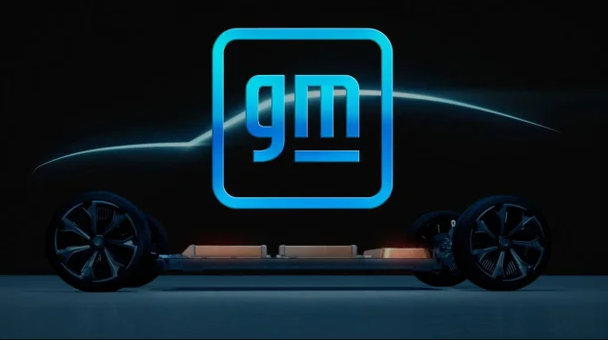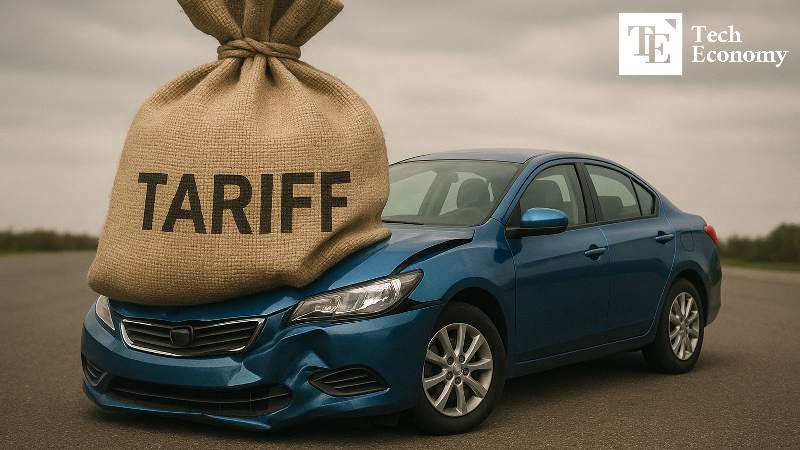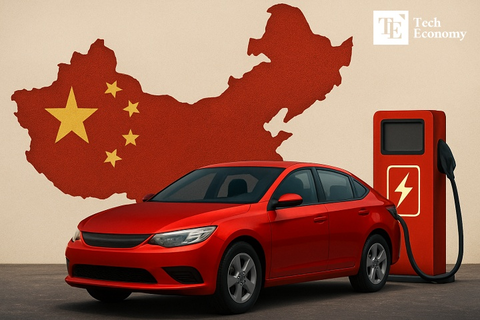GM Invests USD 4 Billion in U.S. Plants, Responding to Trump’s Tariff Policy
Input
Modified
Planned USD 4 Billion Facility Investment Over Two Years Expansion of Major Plants in Michigan and Beyond GM CEO: "Supporting Jobs in the U.S."

As the United States shifts toward a protectionist economic model under President Trump’s revived trade agenda, global automakers are finding themselves at a crossroads. At the center of this transformation is General Motors (GM), which has announced a sweeping USD 4 billion investment—into its U.S. manufacturing operations. The move is widely interpreted as a direct response to the Trump administration’s 25% tariffs on foreign vehicles and auto parts, a policy aimed at reviving American industrial dominance.
GM’s decision is not only a defensive maneuver against rising import costs but also a signal to Washington of its willingness to align with the administration’s “America First” strategy. As automakers worldwide recalibrate their supply chains and production hubs, the U.S. auto sector is being fundamentally redrawn, with implications for global trade, domestic jobs, and the future of electric mobility.
GM Reconfigures U.S. Production Strategy
In a press release issued on June 10, GM revealed its plan to inject USD 4 billion over the next two years into expanding vehicle production across its American facilities. This significant investment will focus on increasing output of both electric vehicles (EVs) and internal combustion engine (ICE) models at three major plants in Michigan, Kansas, and Tennessee. With these upgrades, GM projects its annual domestic production to exceed 2 million vehicles.
A key part of the plan involves relocating production of two models currently assembled in Mexico—the Chevrolet Blazer and Chevrolet Equinox—to U.S.-based factories. The shift will not only expand production capacity for the Equinox in particular but also help GM reduce its exposure to the new import tariffs. In another significant shift, GM will revise its previous blueprint for a large, idle plant in Michigan. Initially designated for electric truck production, the facility will instead be transformed into a factory for SUVs and trucks beginning in 2027—vehicles that remain high-margin and popular among American consumers.
GM CEO Mary Barra reinforced the company’s vision, stating, “We believe the future of transportation will be led by American innovation and manufacturing expertise. Today’s announcement is a testament to our ongoing commitment to build vehicles in America and support American jobs.” This investment underscores GM’s dual strategy: future-proofing its product line while staying in step with a volatile policy environment.
Trump’s 25% Tariffs Trigger Industry-Wide Reactions
GM’s decision arrives in the wake of President Trump’s dramatic trade maneuver: a 25% tariff imposed on imported automobiles starting in April, later extended to include car parts. The administration’s goal is clear—pressure global automakers to reshore production and bolster American jobs. While the tariff on finished vehicles has thus far had minimal impact on domestic manufacturers, the inclusion of parts is a different matter altogether.
To cushion the blow, the administration introduced a temporary “tariff credit” mechanism. Vehicles assembled in the U.S. using imported parts are eligible for partial tariff relief—equivalent to 15% of the car’s value—until April 30 of next year. After that, the credit drops to 10% until April 30, 2027, at which point it will be eliminated entirely. For example, if a vehicle assembled in the U.S. is priced at USD 1,000, then the manufacturer will receive a USD 150 exemption from the 25% import tariff on components in the next cycle.
Still, the costs for automakers remain steep. CNN reports that roughly 50% of auto parts used in U.S. vehicle assembly are imported. Even with tariff credits in place, manufacturers are projected to face around USD 4,000 in additional costs per vehicle—expenses that will ultimately be passed on to consumers or offset by internal restructuring.
This policy landscape has created a dual incentive: either move production to the U.S. or pivot to higher-margin models that can absorb the tariff shock. For companies like GM, the calculus is clear—invest now or risk being priced out of the market later.

Global Automakers Reshape Their U.S. Strategies
GM is not the only automaker adjusting its sails. The entire global auto industry is reacting to the shifting American trade winds, and strategies vary by region and company.
In Germany, traditionally cautious manufacturers have begun moving aggressively. Volkswagen Group recently announced a landmark USD 5.8 billion investment in U.S.-based electric vehicle maker Rivian. The goal is to significantly expand EV production within the United States. Alongside this move, the company revealed plans to start local production of its Audi brand vehicles, which had previously been fully imported.
Japanese automakers are following suit, albeit more quietly. Toyota declared a staggering USD 13.9 billion investment in its battery manufacturing plant in North Carolina, positioning it as a strategic pillar for North American EV production. Honda has begun producing its Civic Hybrid and CR-V models in the U.S. and aims to increase its local sourcing ratio to over 30%, reducing dependence on foreign components. Nissan is expanding its Tennessee plant and preparing to shift some of its current production in Mexico to U.S. soil.
Hyundai Motor Group is pursuing what it calls “demand-customized production” in the American market. In 2024, Hyundai and Kia sold a combined total of 1,708,293 vehicles in the U.S., but many of their popular models—including the Elantra (136,698 units), Palisade (110,055 units), and Sonata (61,701 units)—were still manufactured in South Korea. That is likely to change. In a high-profile announcement at the White House on March 24, Hyundai Motor Group Chairman Chung Eui-sun committed to investing USD 21 billion over four years to establish a U.S.-based production system capable of building 1.2 million vehicles annually.
Some automakers are opting to adjust their product lineup rather than scale up U.S. production. The early casualties of Trump’s tariff war are affordable, entry-level models. Mercedes-Benz, for instance, is considering withdrawing its compact GLA SUV—which retails for USD 43,000—from the American market. Instead, the company plans to focus on luxury models such as the S-Class sedan, priced over USD 100,000. This shift underscores a broader industry trend: prioritizing high-margin vehicles that can better withstand the increased costs brought on by protectionist policies.





















